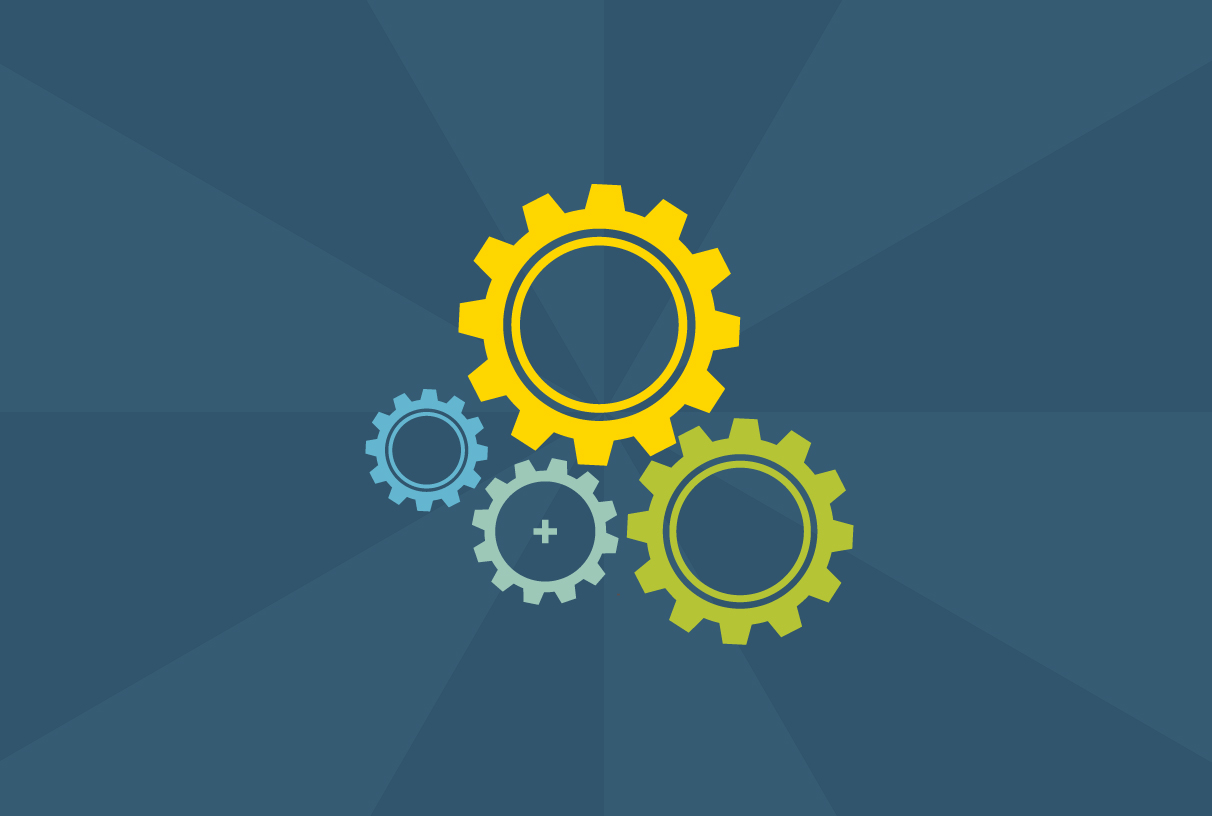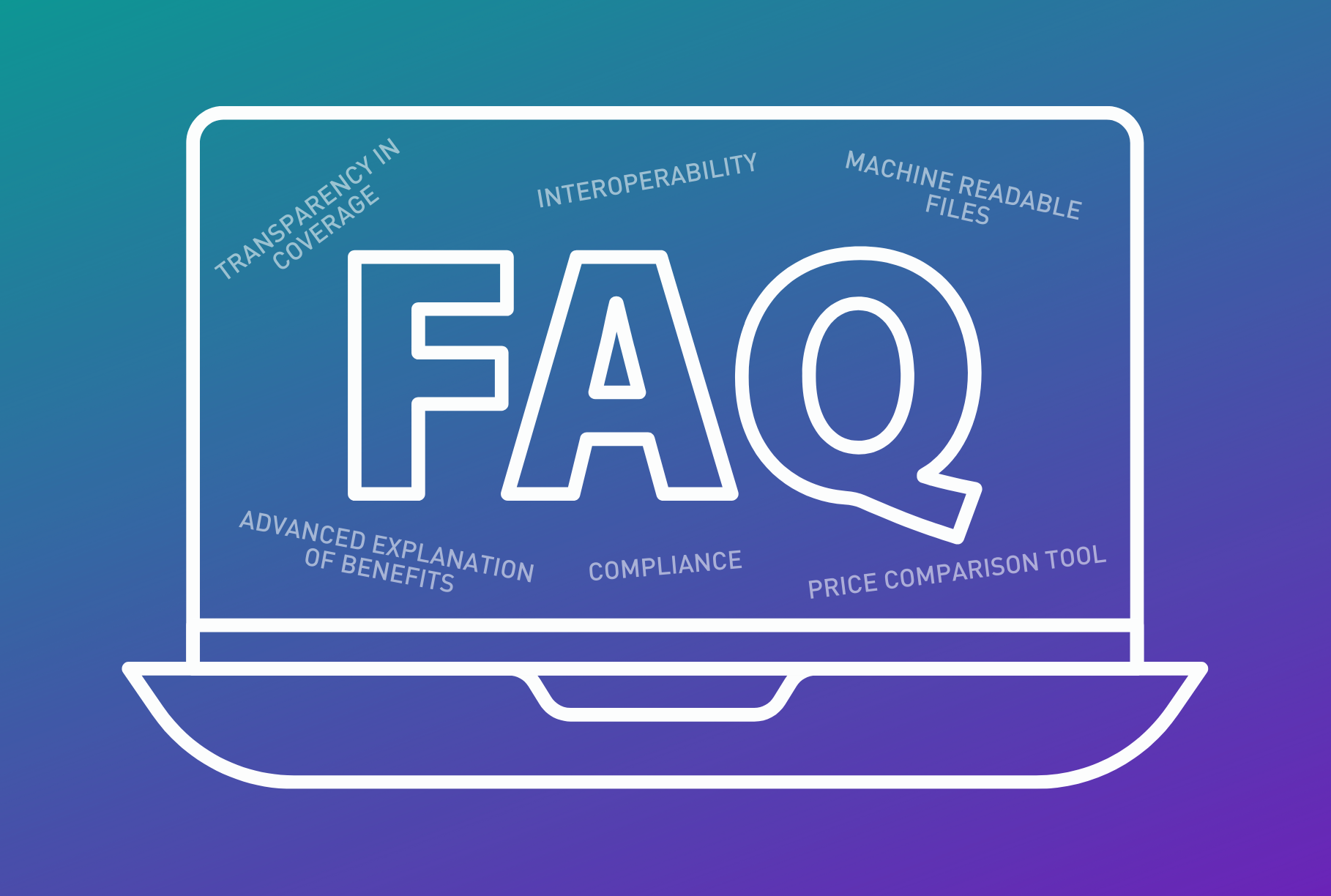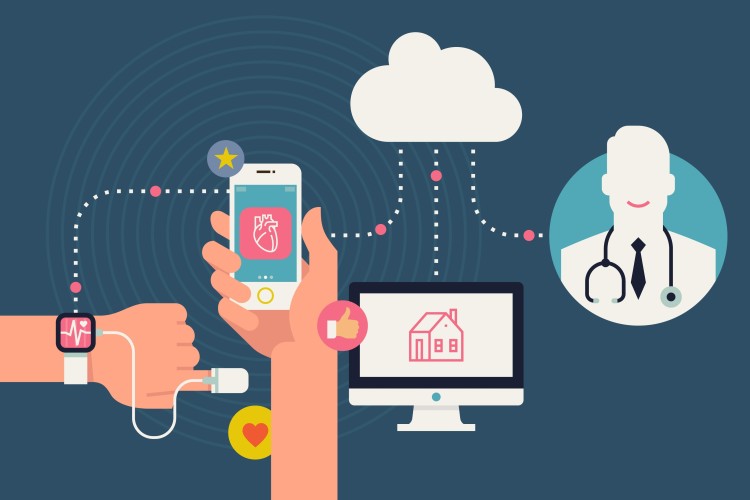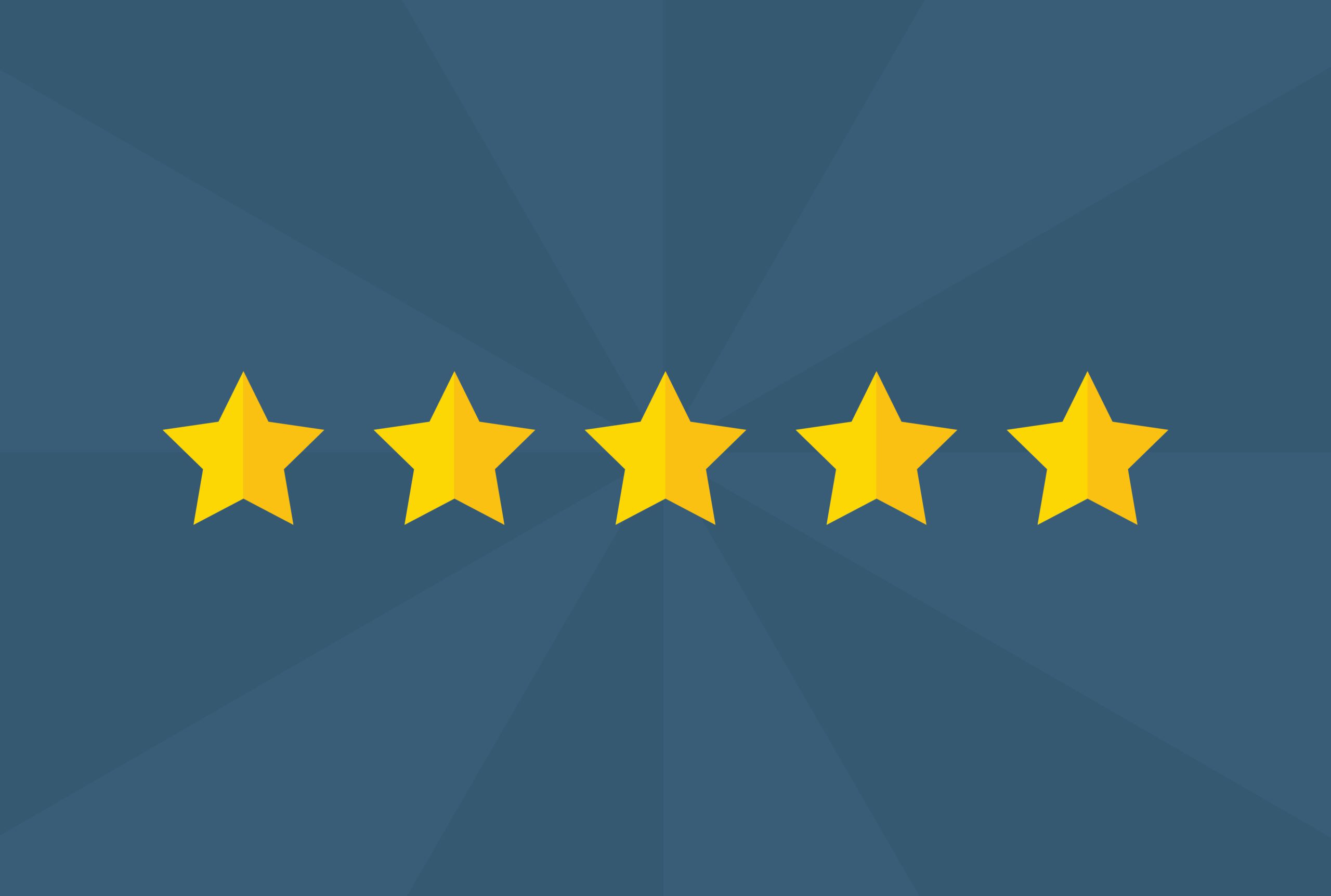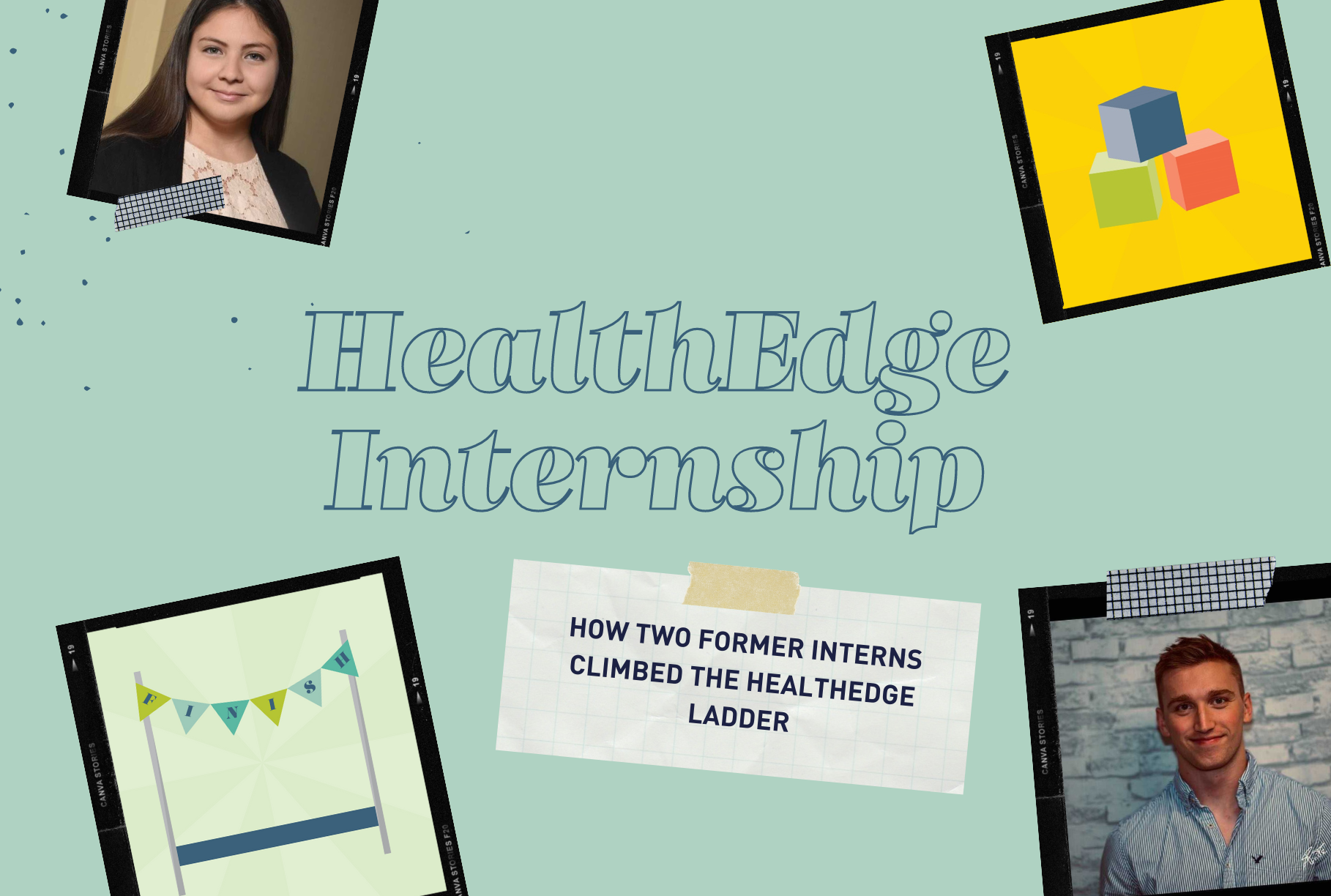With a track record of selling core/claims administration technology to health plans for more than 30 years, I’ve heard all the reasons as to why health plans want or need to convert from their legacy systems to something more modern. The key complaints typically include some or all of the following reasons: Lack of agility or trouble keeping up with change, high operating costs, quality/compliance issues, vendors ending product support, challenging to integrate, needing to consolidate, and/or unhappiness with current vendor support.
Any of these can be a viable reason to change core systems. However, leadership and organizations still often find themselves very disappointed with the change. In fact, our recent survey of 245 health plan IT executives found that 99% of respondents plan to evaluate their core administrative processing system in the next two years, even though 31% implemented the system less than four years ago.
The leaders may be experiencing unanticipated consequences of adding a solution to their organization holistically. Typically, they never looked at their “people, process and technology” together as part of their implementation. As a result, they find their operating/quality metrics are still down, customer satisfaction scores are suffering, they are out of compliance and management is unhappy.
What happened? Why is management again feeling the need to change course after buying a state-of-the-art system to solve their problems? These same execs will hear echoes of the same old complaints: “The new system does not work … it does not operate like our old system/service provider … we cannot get support from the vendor … we are losing key people.” Sound familiar?
With a bit of due diligence, we often find these same organizations are not leveraging major features and capabilities they already have in their systems. They simply took “the way they did things in the past” and implemented that into their new system. They never invested in quality training or change management, resulting in many of their workers being left unaware of new and important features. Furthermore, IT and business goals are not aligned. In our recent survey of 222 health plan executives, 38% said alignment between IT and the business is currently the top challenge facing their organization.
It is critical for health plans to take time at the beginning of the implementation process to properly look at their existing processes and then map out and train respective employees on the new processes in order to harness the power of technology. Frankly, some health plans would have been better off staying with their older legacy solutions or service than making the change without addressing their implementation more holistically!
I often advise clients upfront: “I can sell you the most advanced core administrative system in the industry; however, if you do not factor ‘people, process and technology’ into your implementation, you will fail.” This includes not only “the people” you want to implement your new system, but “the processes” needed to fully leverage your new system. We as a company have walked away from a few opportunities over the years because health plans were simply looking to replace their old systems with HealthRules Payer® without factoring in change management. For example, one plan admitted to me that while they wanted HealthRules Payer, they wanted the interface to look the same as their old system so they would not need to change the way they do business or train employees. While I understand the desire to save time early on, this is a recipe for failure and will be costly in the long run.
So, the bottom line is if you are truly going to change systems or technology, make sure you budget and consider “people, process and technology” together. Sometimes your core or clinical solutions vendor can help you, and other times, you may want to consider an outside services provider who can help you step back and objectively show you “best practices” at plans similar to yours. They can also help you build in the proper change management to leverage your new technology.

